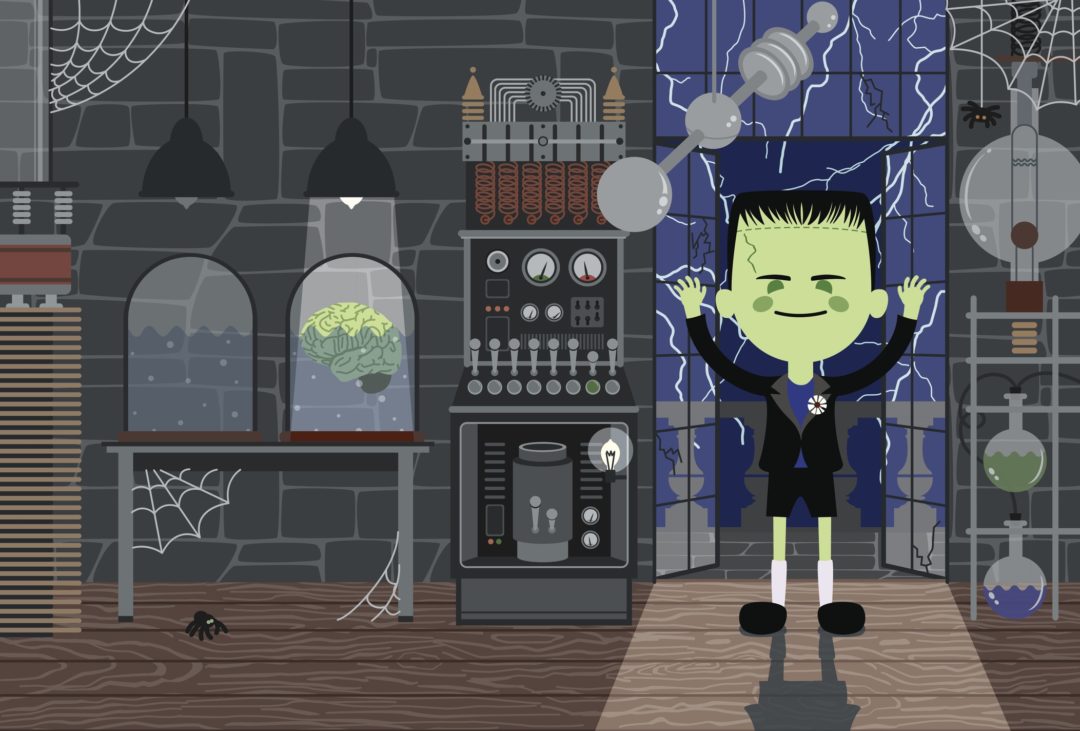The NIH’s Brain Research through Advancing Innovative Neurotechnologies (BRAIN) Initiative Cell Census Network (BICCN) aims to provide researchers with a comprehensive reference of the diverse cell types in human, monkey, and mouse brain. A network of integrated centers, collaborating laboratories, and data resources will be funded by 11 grants projected to total about $50 million annually over five years, pending the availability of funds. All data will be shared with the research community.
“Before we can fully understand how our brains work, we need to understand how the parts work,” said NIH Director Francis S. Collins, M.D., Ph.D. “Making molecular, anatomical, and functional data about brain cells available to the broad research community will speed our understanding of how cells and circuits are organized, revealing the rules of communication within the world’s most complex known organ.”
An early goal of the NIH BRAIN Initiative, the BICCN will generate knowledge that is prerequisite to solving the mysteries of brain disorders, such as schizophrenia, Alzheimer’s disease, and autism spectrum disorder. Relatively little is known about the different types of cells in the brain and what they do – much less about how they change in illness. New evidence points to potentially important roles in often overlooked cell types, such as support cells. In a related initiative, NIH recently awarded prizes to incentivize innovation in unearthing secrets of single cells.
“Exciting technological advances now allow us to identify unique markers that define the many different cell types that make up the brain,” explained Joshua A. Gordon, M.D., Ph.D., director of the National Institute of Mental Health (NIMH), which is helping lead the effort. “These markers hold the clues to the organizational logic underlying neural circuits – the regulatory code that controls brain cell type formation, maintenance, and function in health and disease.”
For example, in a pilot phase of the project, investigators using a new experimental approach discovered a trove of neuron subtypes and gene regulators, based on their unique profiles of molecular switches controlling gene expression within each cell. Another BRAIN Initiative-funded team recently reported identifying such molecular signatures differentiating neurons based on their synaptic communication patterns (link is external).
Building on results of 10 such BRAIN Initiative-funded pilot studies begun in 2014, the BICCN will create a comprehensive 3-D common reference mouse brain cell atlas that integrates molecular, anatomical, and physiological properties of brain cell types. It will also begin the challenging task of generating reference brain cell atlases from postmortem healthy adult human and/or non-human primate brain samples. It will hone cutting-edge molecular genetics methods for rapidly characterizing and targeting specific cell types.
(Published in WholeFoods Magazine on 10/23/17)









